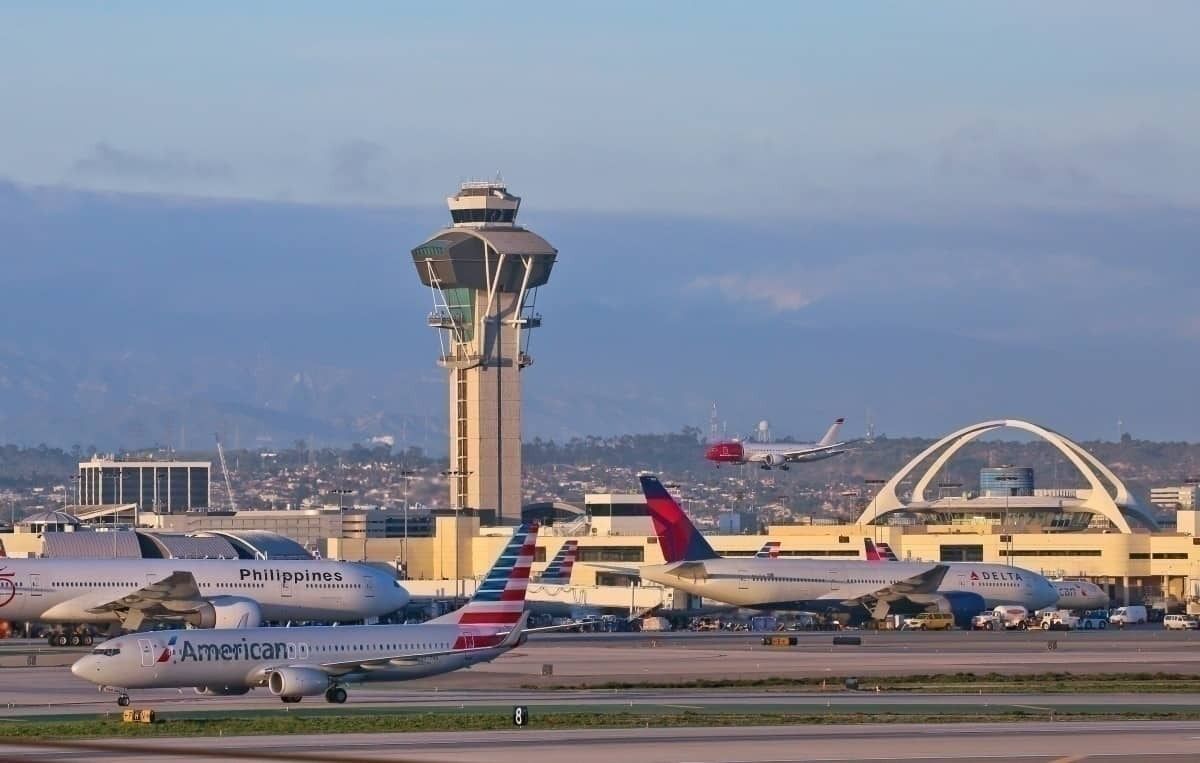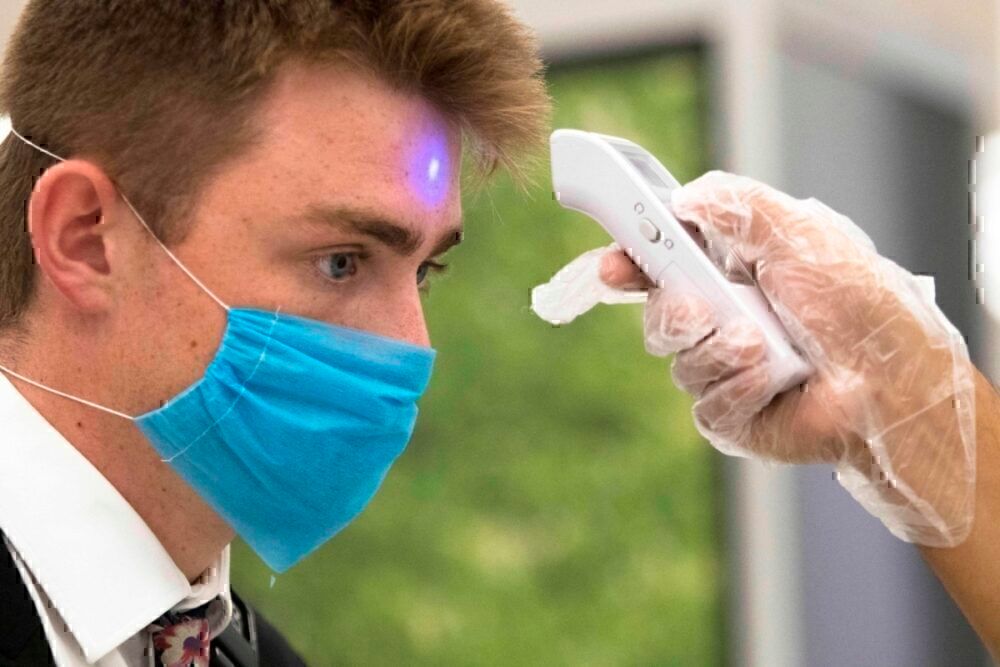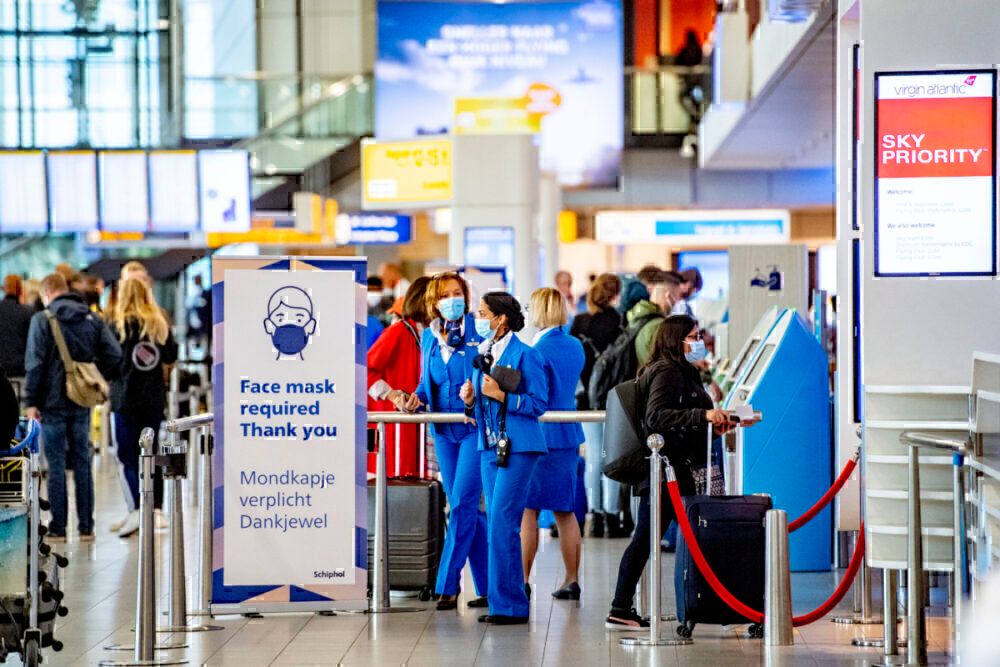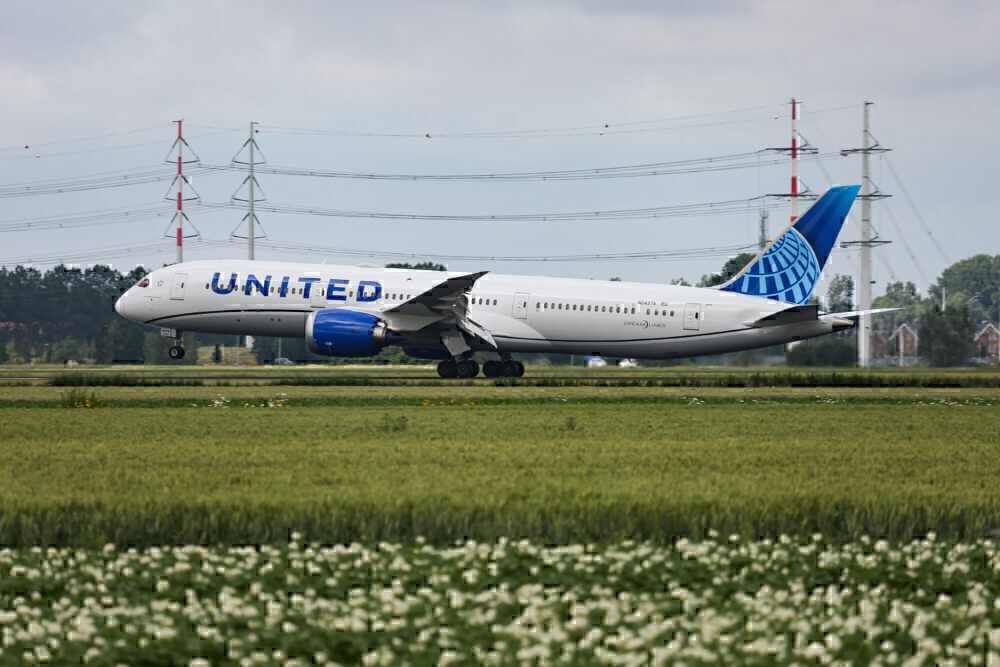In the early days of the COVID-19 pandemic, the United States Centers for Disease Control (CDC) instituted entry screening for passengers at certain airports to prevent the spread of COVID-19 in the United States. Now, a new study indicates that the initial COVID-19 screening from the CDC was ineffective.
The CDC's screening program
Starting in January, the United States Department of Homeland Security (DHS) and the CDC instituted a screening program for travelers from certain countries. It started with passengers coming from Wuhan, China, in three airports (Los Angeles, San Francisco, and New York-JFK) from January 17th. Starting from February 3rd, the screening expanded to include passengers from mainland China at 11 designated airports. On March 2nd, Iran was added to the list. On March 14th, the European Schengen area, followed by the United Kingdom and Ireland on March 17th. In May, travelers from Brazil were added to the list.
The method itself saw US Customs and Border Protection (CBP) offers identifying and referring travelers for screening who came from one of the specified countries in the past 14 days. The secondary screening included a temperature check with a non-contact infrared thermometer, and the administration of a questionnaire about signs and symptoms, such as fever, cough, and difficulty breathing, in the past 24 hours or exposure to a COVID-19 positive patient in the past 14 days. This was followed up with collecting travelers' US contact information and a referral of ill travelers and those who were exposed for an additional public health assessment.
Passengers were then advised to quarantine for about 14 days. Some had to quarantine under federal or state authority.
The methods were ineffective
The study found that between January 17th and September 13th, 766,044 travelers were screened. Of these, 298, or 0.04%, met CDC criteria for referral. 16 came from the Hubei province (5.4% of those screened), four reported contact with a COVID-19 patient (1.3%), and the lion's share at 278 had symptoms or signs that triggered the assessment (93.3%). Of these referred for symptoms, 73% reported a cough, 41% self-reported a fever, 17% had a measured fever, and 13% recorded difficulty breathing.
Surprisingly, only 40 (14%) were medically evaluated at a local healthcare facility. Another 35 (13%) were tested for the virus, of which only nine came back positive. These nine represent 0.001% (one per 85,000) of all travelers screened. An additional 14 were identified through other mechanisms.
While it may sound great that only one in 85,000 tested positive for COVID-19, it is clear that the methods did not work, as the United States continues to have the greatest number of cases and deaths in the world.
A challenging task
The study noted that it is challenging to detect a lot of COVID-19 cases. Asymptomatic travelers, the relatively long incubation period, varying degrees of severity, and those who did not accurately complete their questionnaires all inhibited the ability to catch more COVID-19 or COVID-carrying passengers.
Also, there was no testing available right off the bat for travelers who did meet the criteria for additional screening. Testing is the best way to catch a COVID-19 positive, as it can better catch asymptomatic passengers.
The CDC has ended its screening, but it is clear it was not very effective anyway. One potential method now includes pre-departure testing, ideally within 72 hours of departure. Several countries, and even some states, have a pre-departure COVID-testing requirement.
Are you surprised by the results of this study? Let us know in the comments!




